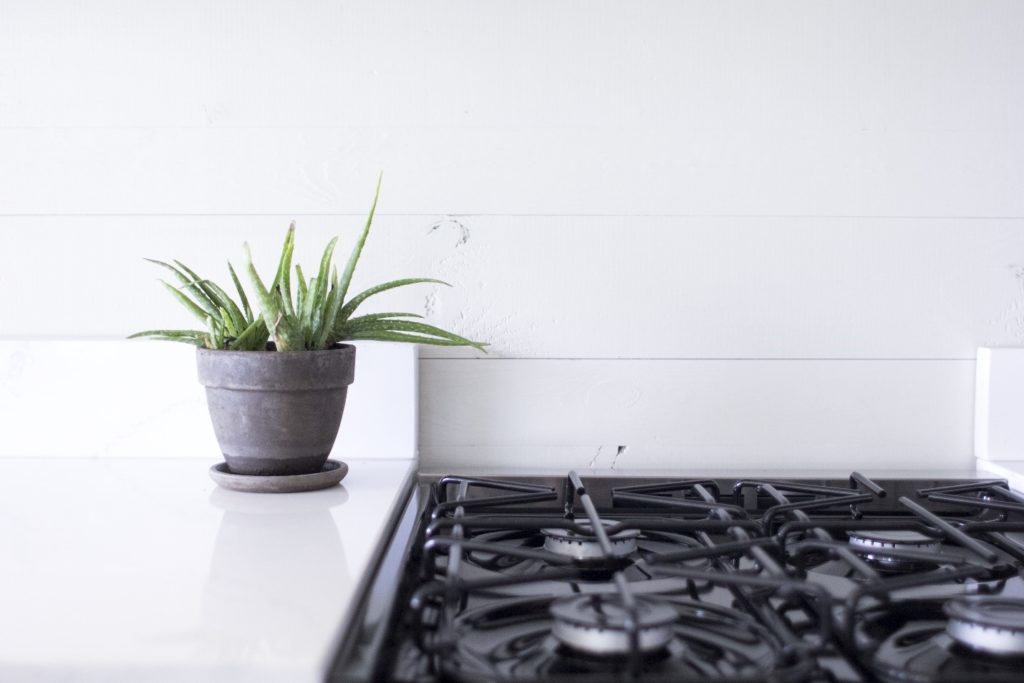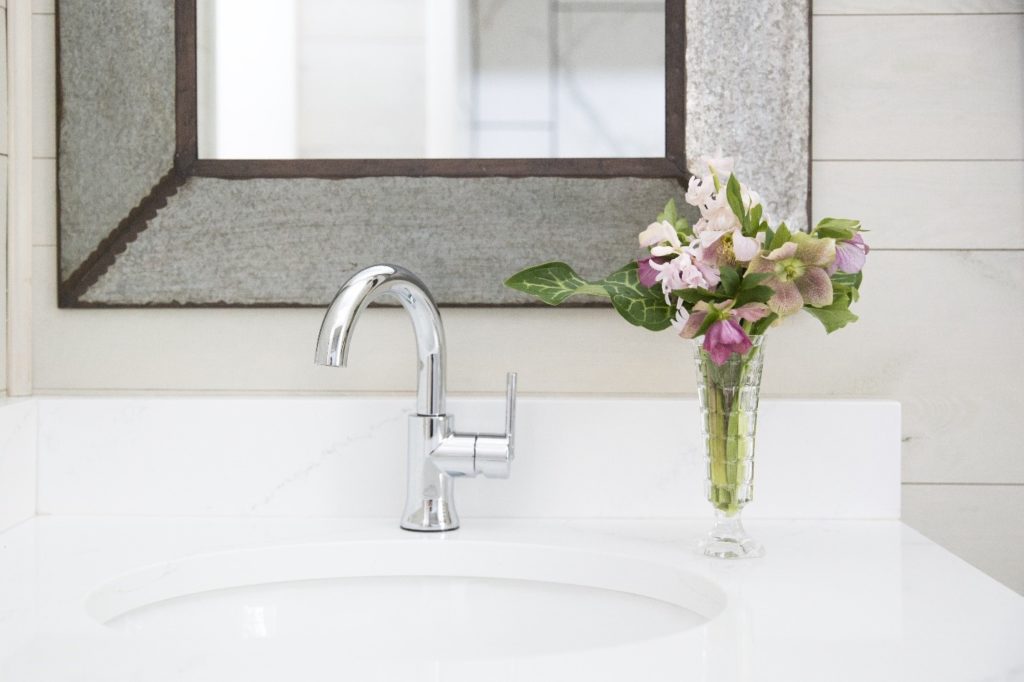The Best Small Plants for Home Interiors

Bringing the outdoors in can help to liven up your interior spaces, add fresh pops of color and help purify the air inside your home. A trendy indoor plant right now is the succulent, but other great plants for interior spaces include air purifying plants, low light plants and more. Florist and Veterinarian, Mary Alford, owner of a small organic flower shop, shared tips for the best places for plants in a small space as well as what plants can be beneficial inside a home for purposes beyond aesthetics.
Why you should add indoor plants to your home decor
Designer Cottages homes are inspired by natural elements, and adding indoor plants to your home decor could perfectly complement the look and feel of one of our homes. You can add life to your home with beautiful, lush plants that are both aesthetically pleasing and useful. Different indoor plant varieties have benefits such as:
- Adding pops of color
- Aiding in relaxation
- Natural decor
- Healing abilities
- Purifying the air
And more!

Indoor Plants that Clean the Air
Naturally, plants improve air quality around us because of their natural processes of turning carbon dioxide into oxygen. However, some plants are noted for their air purifying abilities and can improve the air quality in your home by getting rid of specific toxins. If you have allergies, these plants may be great to put in your home!
“All green plants are air purifiers in the sense that they remove carbon dioxide,” Alford said. “But removing toxins is something extra that they do.”
Alford told us about several plants that can improve air quality:
- Aloe – This succulent clears the air of formaldehyde and benzene, which may be in the air from common chemical cleaners if you use them in your home.1
- Peace Lily – This evergreen plant is easy to care for as it takes care of you! Peace Lilies were found by NASA to be the most successful at removing toxins such as formaldehyde, trichloroethylene and benzene from the air.2
- Mother-In-Law’s Tongue – This green plant is known for its long, tongue like leaves. Mother-In-Law’s Tongue is known to remove about 107 different kind of pollutants from the air including carbon monoxide and nitrogen monoxide, formaldehyde, chloroform, benzene, xylene and trichloroethylene. It also produces abundant amounts of oxygen at night.2

Indoor Plants That Have Healing Abilities
In addition to improving air quality, Aloe is also known for its healing capabilities. Just like you would want to use Aloe gel on a sunburn after a long day outside, you can keep the plant in your home for first aid assistance.
Aloe contains components that are anti-inflammatory, which can help heal minor burns. Mary suggested placing an Aloe plant in the kitchen, either near the stove top or in a window sill, to keep it in close proximity to the areas of your home where we are prone to accidents. If you happen to accidentally burn yourself while cooking, you can break a leaf off the plant and rub the sap on the burn!

Plants That Thrive in Lowlight
Proper light is always a concern for indoor plants – especially when you have limited space for them. However, there are plenty of plants that can thrive in lowlight environments. Alford suggested ferns and orchids for lowlight areas of the home. Alford particularly recommended, the Phalaenopsis (Phals) which is a type of orchid that does best in lowlight situations.
This type of orchid also adds a vibrant pop of color to your space with its purple, white and orange flowers. The American Orchid Society suggest placing Phals in an east window to get the proper amount of sunlight.3

Where to Put Indoor Plants
We already know that Aloe plants go great in the kitchen, but where else should you place plants in your home? Alford helped us determine the best places to put floral arrangements in interior home spaces to complement with color without overwhelming the space or detracting from your interior design.
Bathroom plants – Ferns go particularly well in the bathroom because of the moisture and humidity they absorb while you shower. It is also a convenient space because if you notice your ferns need more water, you have it easily accessible. You can place ferns in a pot on the vanity countertop, on a shelf near the shower or even in a window.
Window plants – Alford suggested placing larger floral arrangements in large windows in proportion to the length of the windows. Your plants will also receive the light they need to flourish.
Coffee tables and kitchen tables – Don’t place large arrangements in areas typically used for conversation as they can get in the way and be distracting. Place smaller arrangements like bulbs or small succulents in the center of your conversation areas. They will still add pops of color without getting in the way.

Tips for Caring for Indoor Plants
Not everyone has a green thumb, and that’s okay! You moved to a smaller space to lead a simpler life, so choose plants that are easy to take care of. Plants such as orchids and Mother-In-Law’s Tongue are easier to maintain than others. If you know you’re not savvy with plants, avoid exotic florals. Check out these other indoor plant tips Alford gave!
- Properly water your plants and give them proper sunlight – According to Alford, it’s the “same ol’ story” when it comes to plant care. Ask whoever you purchase your plants from how often and how much you should water each plant. This is the best way to keep them looking vibrant.
- Know which plants like humidity – Many plants, like ferns, flourish in humid places. If you know you have a plant that needs humidity, place it strategically like in the bathroom.
- Keep cut flowers away from heat and light – Alford said, “Heat is the enemy of cut flowers.” To keep your favorite cut floral arrangements beautiful, make sure to keep them out of windows and away from heating vents. These types of arrangements thrive in darker, cooler spaces.
- Clean the vase and water supply – Your plants need a clean vase and water supply so they don’t contract bacteria in their veins. Make sure to clean and resupply water often, especially for cut flowers, to keep your plants healthy.

Indoor plants can be very beneficial to place in your home. Bring some life to your home this Spring with these plants!
Interested in learning more about the Designer Cottages? Take a look at the two models currently available and see which would be the best fit for you!